I hope all our readers had a wonderful Thanksgiving and have plenty of leftovers for the next few days.
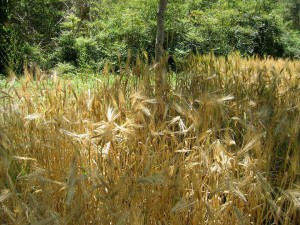 This is the conclusion of our series on golden ales. I’ve defined golden ales as a subset of what some might call light or blonde ales (and what the BJCP labels blonde ales) with the following attributes: Moderately dry. Malt character almost entirely from a high quality base malt (and often with a grainy edge). Not lacking in hop character (in fact, the malt/hop balance can be tipped slightly towards hops).
This is the conclusion of our series on golden ales. I’ve defined golden ales as a subset of what some might call light or blonde ales (and what the BJCP labels blonde ales) with the following attributes: Moderately dry. Malt character almost entirely from a high quality base malt (and often with a grainy edge). Not lacking in hop character (in fact, the malt/hop balance can be tipped slightly towards hops).


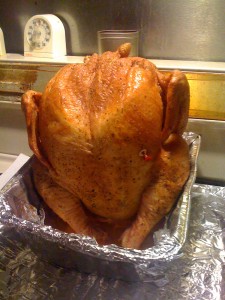
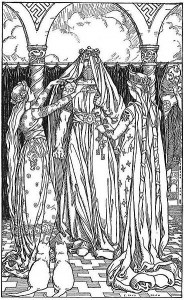
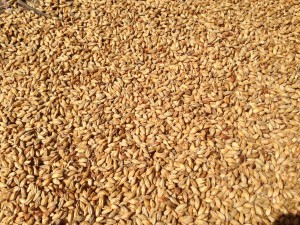
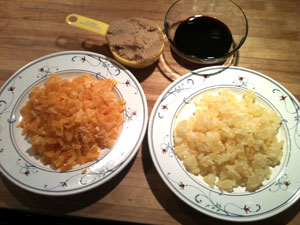
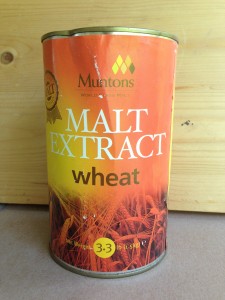


Recent Comments